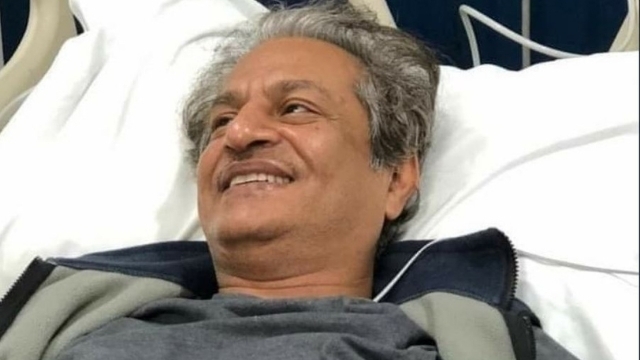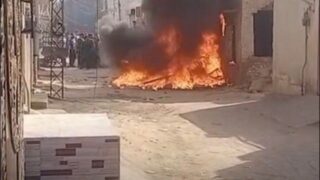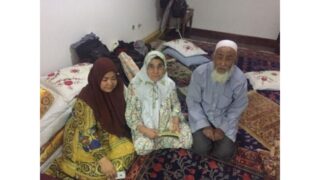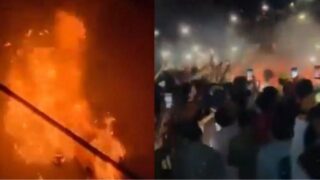Reporters who criticize the authorities or denounce human rights violations are routinely attacked.
by Marco Respinti


On April 24, Abdul Wahid Raisani, sub-editor of the Daily Azadi in Quetta, Pakistan, was quietly going home, when he was stopped by robbers who asked him to surrender his motorcycle. When Raisani started discussing with them, he was shot in the chest. He died shortly thereafter.
Armed gangs of robbers do roam the streets of several cities in Pakistan, but the pattern is suspicious. Earlier the same week, Absar Alam, a nationally well-known reporter and former chairman of the Pakistan Electronic Media Authority (PEMRA) was shot in Islamabad. Alam is a well-known human rights advocate and critic of the government. Although still hospitalized, he survived to tell the media that he does not believe he was attacked by common robbers.


The motorcycle scheme had occurred earlier, on April 10, in the Karak district of Khyber Pakhtunkwa. Journalist Waseem Alam, co-editor of the newspaper Sada-e-lawaghir was stopped by thugs who asked for his motorcycle, then shot dead.
Although the local police insists that these incidents have no political meaning, it is strange that common robbers are specifically interested in motorcycles belonging to independent journalists—and in fact are more interested in killing them than in getting the motorcycles.
In 2020, ten journalists were killed in similar incidents, and more were arrested on trumped-on charges, tortured, harassed by the police and various private militias, according to the Council of Pakistan Newspaper Editors’ (CPNE) Media Freedom Report 2020.
The targeted journalists represent a wide spectrum of political and religious opinions. Yet, what we are witnessing in Pakistan is a persistent trend. Human rights and democracy cannot be protected when independent media are routinely intimidated.









